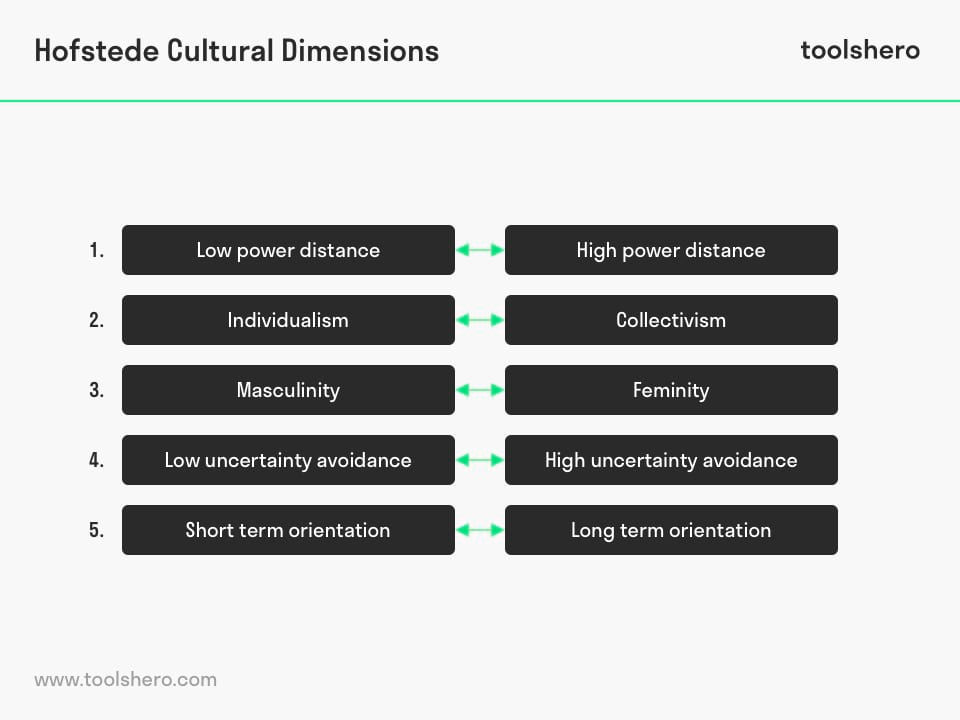Overcoming Cultural Barriers to Change

Overcoming Cultural Barriers to Change: this article provides a practical explanation of overcoming cultural barriers to change. After reading you’ll understand the basics of this radical approach to change management.
What is overcoming cultural barriers to change?
Good leadership involves implementing changes. However, it’s human nature to have a certain level of resistance to change. People from different cultures tend to look at changes in different ways.
All cultures have their own beliefs and methods, and that’s true for corporate cultures as well. Although some cultures can develop through change, the resistance is often greater than the will to change. Still, it can be riskier to accept the status quo than to change. Overcoming cultural barriers to change deals with how these barriers can be removed.
Resistance against change manifests itself in many different ways. In the organisation it can lead to things moving slowly, sabotage, or even revolts and strikes. The best way for leaders to implement change is to understand predictable forms of resistance. Only then can they take the right measures to open up the corporate culture to change.
It’s difficult to change for both people and businesses because they have their own routines, beliefs, and prior successes. This article examines cultural barriers, organisational change, and personal development.
Cultural barriers within the organisation
When people of diverse backgrounds work in an organisation or on a project, cultural barriers may arise. Geert Hofstede’s six dimensions offer an insight into how people from different cultures approach the world and their work. It also includes how people regard changes and risk. A subculture within the organisation can display similar characteristics, further complicating organisational change.
International organisations are often spread out geographically. Every branch can therefore have its own corporate culture. If changes are implemented, it’s likely that people from different regions object to the change and the way in which it is being implemented. “The essential challenge is to transform the isolation and self-interest within our communities into connectedness and caring for the whole.”, states Peter Block, an expert in the field of organizational development.
Overcoming cultural barriers
Overcoming cultural barriers to change is a long-term and thorough process for which it is important that all the stakeholders are identified, as well as the things they hold most dear. The goal is to encourage unity and consensus by integrating different stakeholders rather than alienate them. A few key factors in overcoming cultural barriers to change are:
- Honest, open, and frequent communication
- Equal representation of interests and voices
- Both downward and upward feedback options
The cultural context plays an important role in organisations’ decision-making process. Some of the dimensions from Geert Hofstede’s model that can create cultural barriers at a general level are:

Figure 1 – the 6 Hofstede Cultural Dimensions
Power distance
Power distance is the level to which lower-ranked individuals within the organisation accept and expect power to be unevenly divided. The exact extent is shown in the Power Distance Index (PDI).
Societies that have a large power distance often have leaders making decisions without input from their subordinates. Both management and subordinates see each other as unequal and accept the inequality in the power distribution. In these cultures, these differences don’t require justification.
In societies with a small power distance, leaders and subordinates are considered equals; partners. Subordinate employees feel they have the right to participate in the decision-making process because these decisions impact them. In these cultures, people fight for an even division of power and demand justification for any inequalities.
In cultures with a large power distance, people are also more afraid of being punished. That fear is less pronounced in cultures with a small power distance.
Masculinity & femininity
Overcoming cultural barriers to change is largely about accepting other visions and cultures and finding middle ground when fundamental differences arise. Another example of a difference between corporate (sub)cultures are masculine and feminine societies.
Geert Hofstede defines a masculine society as a society in which social gender roles are clearly defined. Men are expected to be assertive, tough, and focused on material success. Women on the other hand are expected to be modest and sensitive, and focused on quality of life.
A feminine society represents a society in which social gender roles overlap and complement each other. Both men and women are expected to be modest, gentle, and engaged with quality of life.
Uncertainty avoidance
Avoiding uncertainty is largely about the level of tolerance for unpredictability. It indicates to what extent a culture programs its members to feel comfortable in new, unknown, surprising, and different situations. Cultures that tend to avoid uncertainties try to limit the likelihood of such situations.
This cultural dimension is of particular importance when it comes to overcoming cultural barriers to change. Change is new, uncertain, and not always comfortable. That’s why you should stick to the methods described in this article when it comes to intercultural societies: open and honest communication, equal representation, both upward and downward feedback channels.
Advantages of cultural diversity & cooperation
Despite differences in cultures, diversity and intercultural cooperation can be valuable for several reasons.
Workplace diversity improves mutual respect among employees. Although it might not be possible to achieve an ideal atmosphere, employees will recognise the many strengths and talents that diversity brings.
People with varying backgrounds bring a selection of skills and experiences to the table that can lead to new opportunities for businesses. Within the organisation itself, a language barrier might be a problem for communication for instance, but it also opens doors. A new language in house means that the organisation can work with a broader audience. A diversity of skills and experiences also means that employees can learn from each other.
The effects of diversity on a company’s reputation are positive. A good reputation leads to better profitability and opportunities for employees. An organisation that’s known for its fair labour practices and appreciating diverse talents is able to recruit a broader group of qualified applicants.
Another advantage is the loyalty of customers who only take their business to companies that show they are socially responsible.
General barriers to change
Overcoming cultural barriers to change is important, but it’s not just cultural differences that can form barriers to change. Resistance to change at an organisational level is compounded by the following factors.
Individual resistance
Fear is the basis for resistance against change. Employees are worried that changes in the organisation will lead to changes in their social work environment. This change occurs, for instance, with change initiatives such as restructuring or new partnerships.
It is therefore essential for leaders to assure the employees that the changes will not have a negative impact on the social climate within the company. Consistent, open, and honest communication before, during, and after the implementation phase will significantly reduce fears.
Habits and routines
Change can also be made difficult by employees holding on to old methods or approaches. Habits are particularly hard to break because they’re not deliberate.
When introducing new methods via change management, leaders should ensure that there is sufficient and high-quality training and support available. When businesses only invest in new methods but not in their people, the investment won’t have the desired effect.
Now it’s your turn
What do you think? Do you recognise the explanation of overcoming cultural barriers to change? How do you handle cultural differences at work? What tips do you have to deal with cultural differences at work effectively? Do you work as part of a diverse group of people?
Share your experience and knowledge in the comments box below.
More information
- Hill, S., & McNulty, D. (1998). Overcoming cultural barriers to change. Health Manpower Management, 24(1), 6-12.
- McDermott, R., & O’dell, C. (2001). Overcoming cultural barriers to sharing knowledge. Journal of knowledge management, 5(1), 76-85.
- Rivera-Vazquez, J. C., Ortiz-Fournier, L. V., & Rogelio Flores, F. (2009). Overcoming cultural barriers for innovation and knowledge sharing. Journal of Knowledge Management, 13(5), 257-270.
How to cite this article:
Janse, B. (2019). Overcoming Cultural Barriers to Change. Retrieved [insert date] from Toolshero: https://www.toolshero.com/change-management/overcoming-cultural-barriers-to-change/
Published on: 02/20/2019 | Last update: 10/23/2023
Add a link to this page on your website:
<a href=”https://www.toolshero.com/change-management/overcoming-cultural-barriers-to-change/”>Toolshero: Overcoming Cultural Barriers to Change</a>












